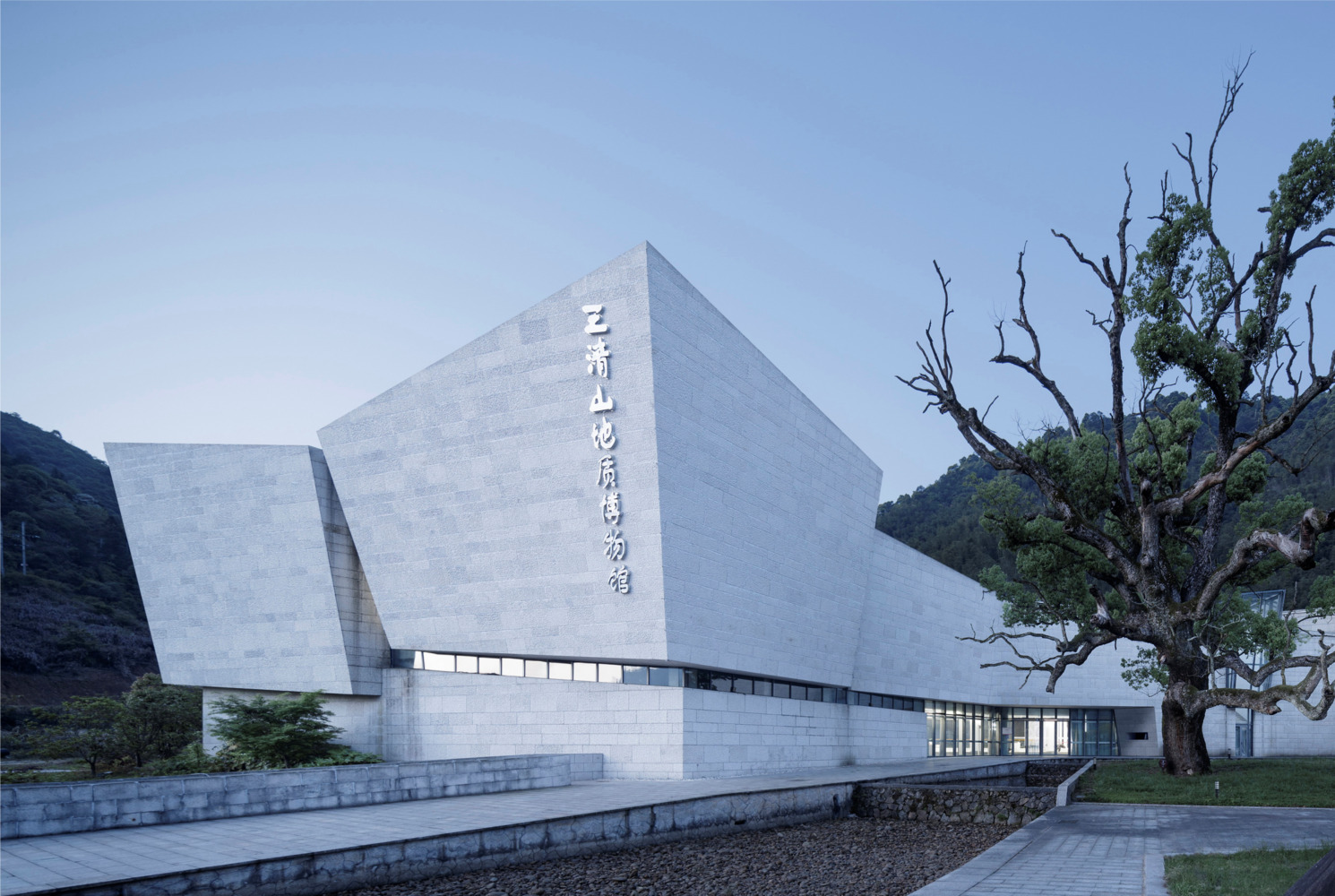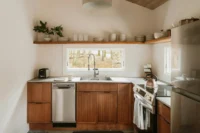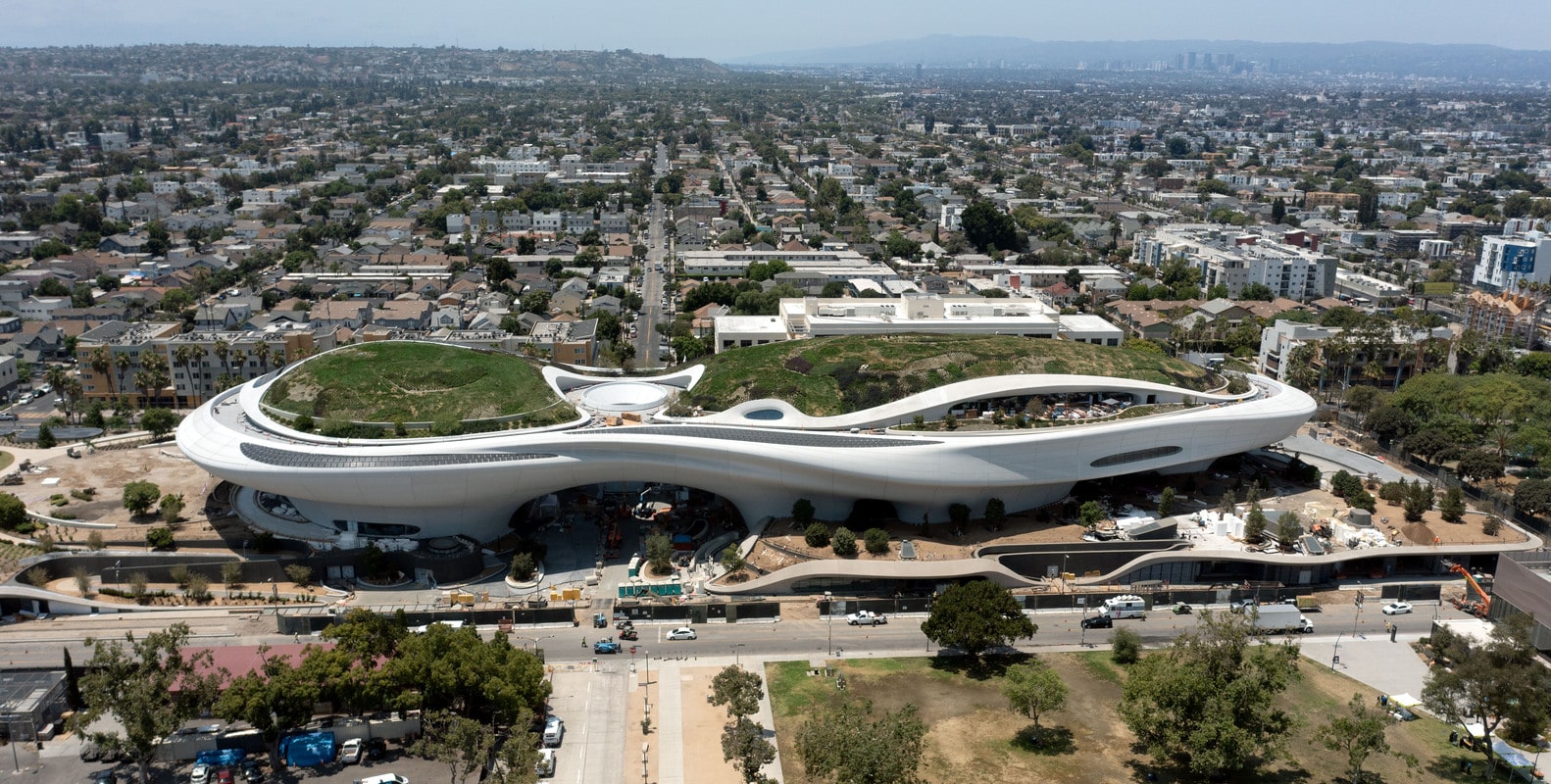- Home
- Articles
- Architectural Portfolio
- Architectral Presentation
- Inspirational Stories
- Architecture News
- Visualization
- BIM Industry
- Facade Design
- Parametric Design
- Career
- Landscape Architecture
- Construction
- Artificial Intelligence
- Sketching
- Design Softwares
- Diagrams
- Writing
- Architectural Tips
- Sustainability
- Courses
- Concept
- Technology
- History & Heritage
- Future of Architecture
- Guides & How-To
- Art & Culture
- Projects
- Interior Design
- Competitions
- Jobs
- Store
- Tools
- More
- Home
- Articles
- Architectural Portfolio
- Architectral Presentation
- Inspirational Stories
- Architecture News
- Visualization
- BIM Industry
- Facade Design
- Parametric Design
- Career
- Landscape Architecture
- Construction
- Artificial Intelligence
- Sketching
- Design Softwares
- Diagrams
- Writing
- Architectural Tips
- Sustainability
- Courses
- Concept
- Technology
- History & Heritage
- Future of Architecture
- Guides & How-To
- Art & Culture
- Projects
- Interior Design
- Competitions
- Jobs
- Store
- Tools
- More
Exploring the Design Journey of Sanqingshan Geological Museum

In the vibrant springtime, our journey led us through lush, flourishing mountains, culminating in a serene valley with an east-west orientation. Nestled among rolling hills, we found a quaint village with stone and brick houses, overlooking terraced rice fields dotted with “field stones,” creating a picturesque landscape. This was the setting for the Sanqingshan Geological Museum. As we approached, we noticed the southern end of the site was elevated compared to the lower northern end. Two gentle streams meandered through the mountainous terrain. A majestic, century-old camphor tree stood at the heart of the site, its robust branches reaching northward, defying the land’s slope. The surrounding mountains, fields, trees, and stones left a lasting impression on us.

Sanqing Mountain is renowned worldwide for its geological significance, being a world natural heritage site and a world geopark. It has experienced an incredible 1.4 billion years of geological transformations, including three major sea incursions and numerous tectonic movements. Sanqing Mountain is a prime example of the interaction between the Yangtze and Cathaysian paleo-plates, marking the boundary of the Eurasian and southeast Pacific Plates. It serves as a natural exhibit of granite micro-landforms and the dramatic effects of ancient plate collisions.

The design of the Sanqingshan Geological Museum was inspired by these geological processes, reflecting the interaction of tectonic plates and the mountain’s distinct granite features with longitudinal and auxiliary transverse joints. The building’s architecture mimics geological forces, with bi-directional compression, longitudinal fissures, and segmented, sheared structures. It adapts to the south-north slope of the site and the contour changes, creating a half-enclosed space centered around the ancient camphor tree. The design also incorporates the site’s natural streams, leading them to a central square and connecting to the larger water system.
Inside, the architectural concept extends to the spatial layout. Visitors enter from the northeast, winding their way under the ancient tree to the museum entrance. The exhibition route takes them from the east section to the west, creating an immersive experience reminiscent of walking through Sanqing Mountain’s rocky terrain. The east section focuses on geology and landforms, while the west section houses temporary exhibitions and museum services. This layout ensures a coherent yet distinct experience for visitors.

The external landscape design respects local traditions, using local materials for walls and terraces, and retaining the century-old camphor tree as a focal point. The design also integrates water as a key element, creating a versatile landscape that changes with the seasons. The outdoor areas include exhibition spaces, connecting the museum to its natural surroundings and enhancing the visitor experience.
In terms of construction, the museum primarily uses reinforced concrete frames and walls, with underhanging steel structures for bridges. The design incorporates glass-enclosed fissures, simulating geological forces and providing natural lighting. The outer facade features stones from nearby mountains, adding a rugged texture that echoes the geological theme. The square and terraces also utilize local stones, blending the new construction with the natural environment.

- Design Journey
- educational museum programs
- geological artifacts
- geological exhibits
- Geological Museum
- geological museum design
- geology exhibition design
- geology museum tours
- interactive museum displays
- museum architecture
- museum design inspiration
- museum display techniques
- museum exhibition planning
- museum space design
- museum visitor experience
- natural history museum
- Sanqingshan
- Sanqingshan attractions
- Sanqingshan design journey
- Sanqingshan Geological Museum
3 Comments
Submit your architectural projects
Follow these steps for submission your project. Submission FormLatest Posts
Suzhou Museum of Contemporary Art by BIG
Suzhou Museum of Contemporary Art (Suzhou MoCA), designed by BIG, reinterprets Suzhou’s...
Lucas Museum of Narrative Art to Open in Los Angeles in September 2026
Opening in 2026, the Lucas Museum of Narrative Art brings a sculptural...
Xiao Feng Art Museum by ZAO/Zhang Ke Architecture Office
Xiao Feng Art Museum by ZAO/Zhang Ke Architecture Office merges contemporary design...
Museum Bezau by Innauer-Matt Architekten
Museum Bezau by Innauer-Matt Architekten fuses heritage and modernity through timber craftsmanship,...





















The museum looks interesting and the landscape is nice.
I like how the design fits with nature. It seems like a good place to visit.
The history of the area is impressive. I didn’t know about the geological significance before.